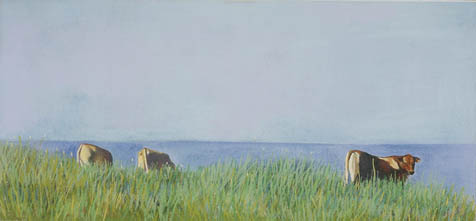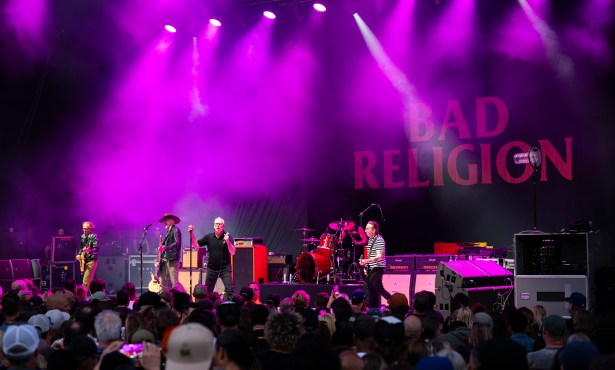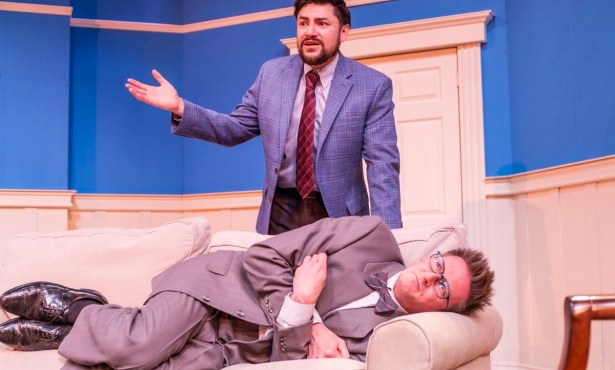Being in the World:
Patty Look Lewis
At the Patty Look Lewis Gallery. Shows through June 29.

Patty Look Lewis portrays the California landscape with the soul and jazzy grace of a laidback Santa Barbara Zen master. Under the skillful nurture of her hand, eye, and consciousness, the Gaviota ranchlands find expression as harmoniously elongated horizontal and vertical modernist pastels. In her pictures, the delicious sensations of real life-wind in the trees, sunlight on bare skin-are made to breathe through vivid branching lines, glowing and delicate mists, and incandescent bursts of direct light and color. Looking at them over time, one feels as though the web of life speaks, saying, “Behold the places where I am.”
As a child of American parents living in Japan in the late 1950s, Lewis absorbed the Japanese spirit of improvisational oneness with the natural environment. Upon returning to California, she spent long days exploring her family ranch on horseback, blending with the light and livestock of the Gaviota Coast. An extensive formal education in art, art history, and design followed, but her heart never strayed far from its roots in those solitary childhood rides. In “Root Spin” (2006), Lewis revisits one of the most evanescent light situations on the Central Coast, the so-called gates of heaven at Las Varas, a kind of super-saturated red-orange gloaming that turns the evening sky and the ocean hot with color.
In “San Julian Horse Barn” (2006), Lewis makes imaginative use of negative space by portraying a sunlit back garden through the open doors of a dark barn. The interior of the barn shifts teasingly between figure and ground, blue-black yin to the exterior landscape’s golden-green yang. Lewis’s pictures of dark passageways leading onto brightly lit inner spaces might be called philosophical-images from the transcendental discipline of Pacific Rim Existentialism.
The most unselfconsciously original images in the show are a pair of pictures-“Lone Boy Cow” (2004) and “Las Varas, Cows” (2006)-that include livestock. As Lewis put it when asked about them, “I do love those cows.” In “Las Varas, Cows,” [pictured] the three figures occupy an oceanfront headland, lingering just under the hard line of the horizon. It’s an instant classic, an image that sticks in the mind and stays there, blithely oblivious to tradition’s stockpile of cliches. Moo.



